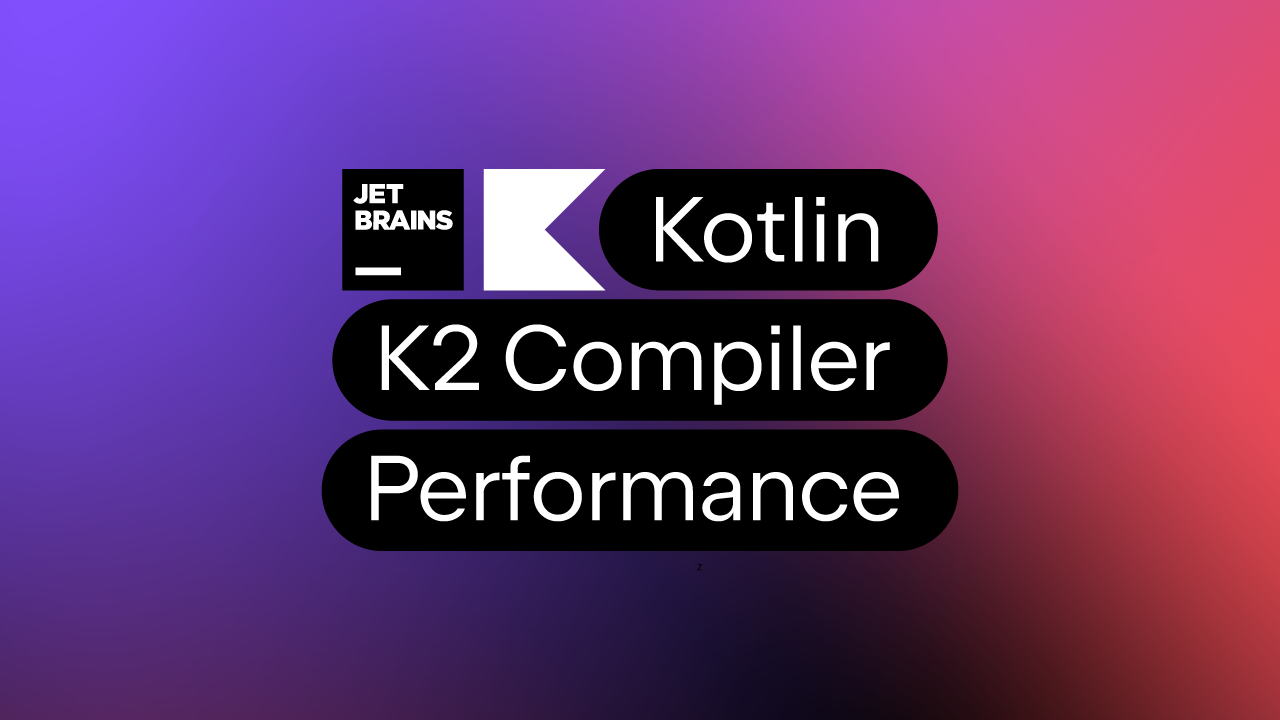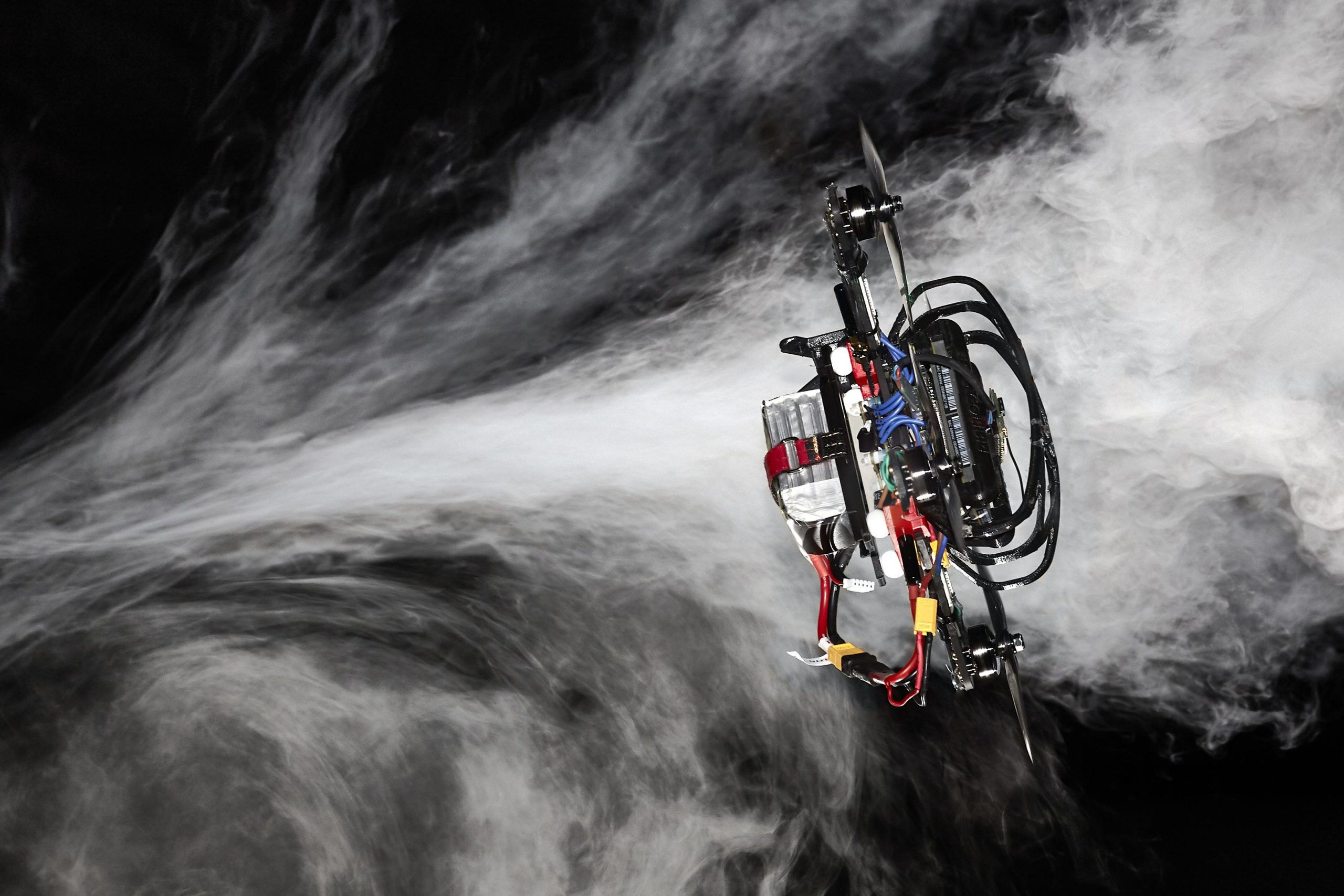
New Algorithm Flies Drones Faster Than World-Class Human Racing Pilots
A drone flying through smoke to visualize the complex aerodynamic effects. Credit: Robotics and Perception Group, University of Zurich
To be useful, drones need to be quick. Because of their limited battery life, they must complete whatever task they have — searching for survivors on a disaster site, inspecting a building, delivering cargo — in the shortest possible time. And they may have to do it by going through a series of waypoints like windows, rooms, or specific locations to inspect, adopting the best trajectory and the right acceleration or deceleration at each segment.
The best human drone pilots are very good at doing this and have so far always outperformed autonomous systems in drone racing. Now, a research group at the University of Zurich (UZH) has created an algorithm that can find the quickest trajectory to guide a quadrotor — a drone with four propellers — through a series of waypoints on a circuit. “Our drone beat the fastest lap of two world-class human pilots on an experimental race track,” says Davide Scaramuzza, who heads the Robotics and Perception Group at UZH and the Rescue Robotics Grand Challenge of the NCCR Robotics, which funded the research.
“The novelty of the algorithm is that it is the first to generate time-optimal trajectories that fully consider the drones’ limitations,” says Scaramuzza. Previous works relied on simplifications of either the quadrotor system or the description of the flight path, and thus they were sub-optimal. “The key idea is, rather than assigning sections of the flight path to specific waypoints, that our algorithm just tells the drone to pass through all waypoints, but not how or when to do that,” adds Philipp Foehn, PhD student and first author of the paper.
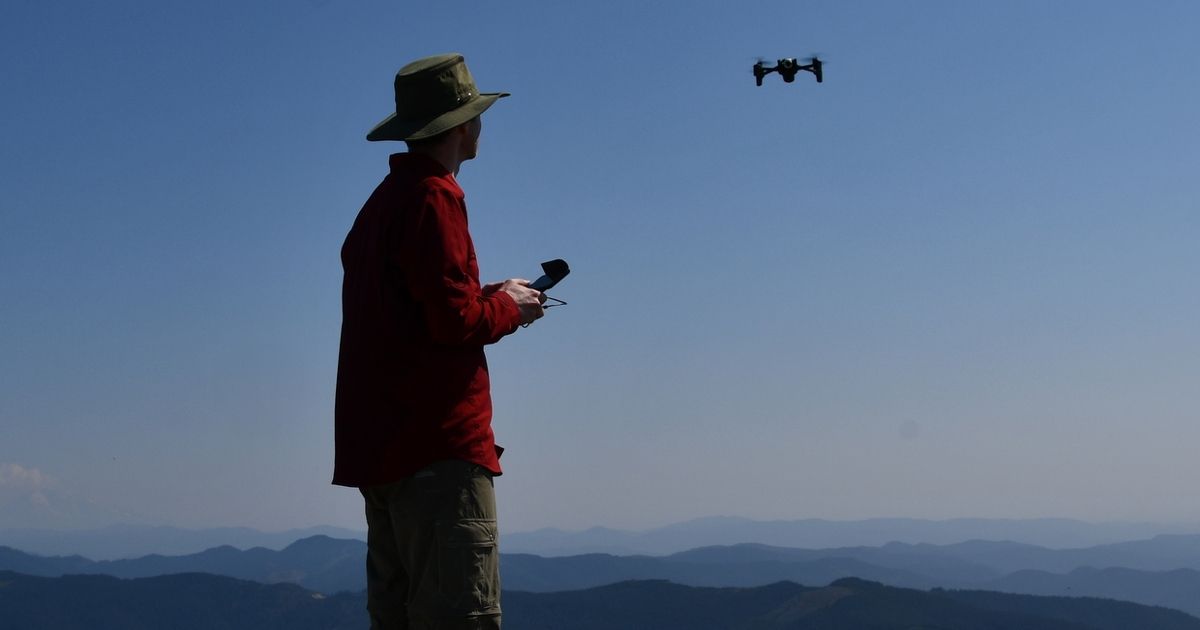

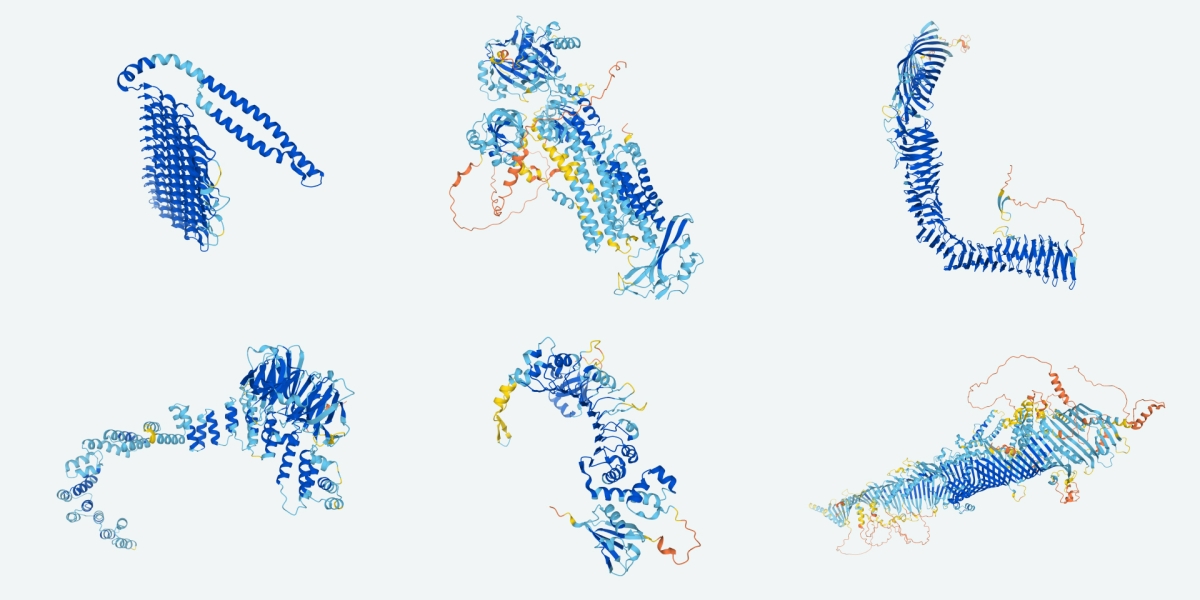
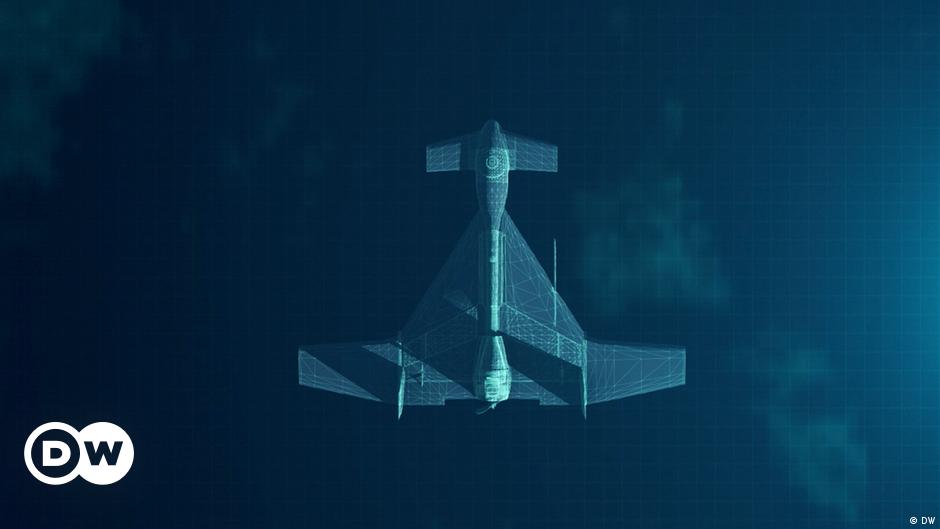

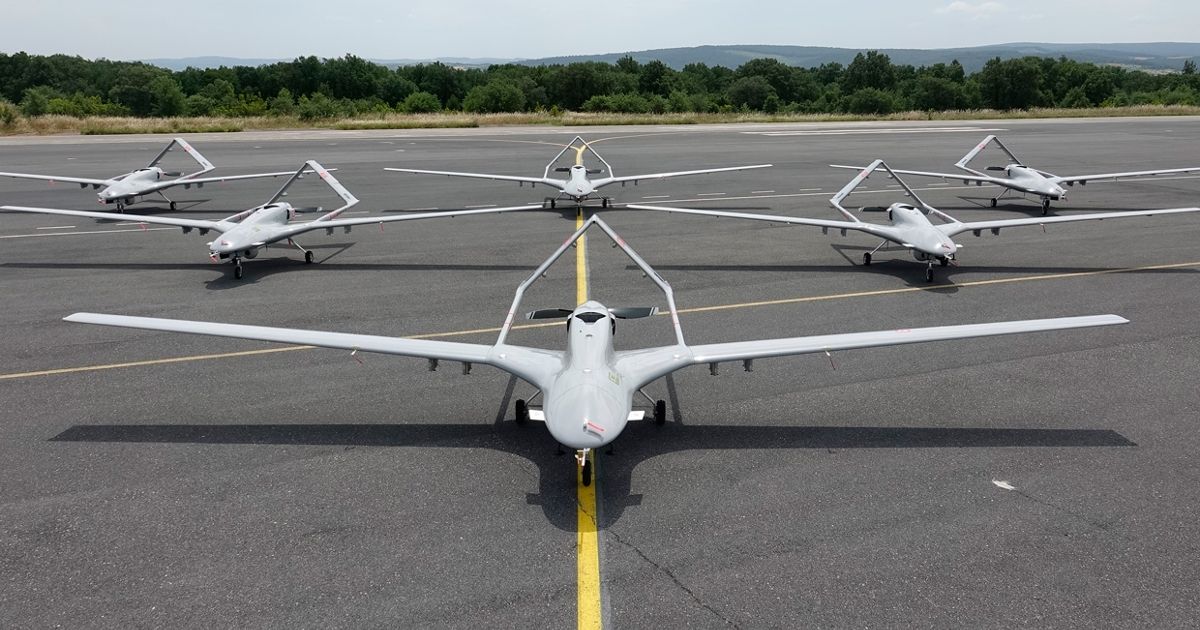





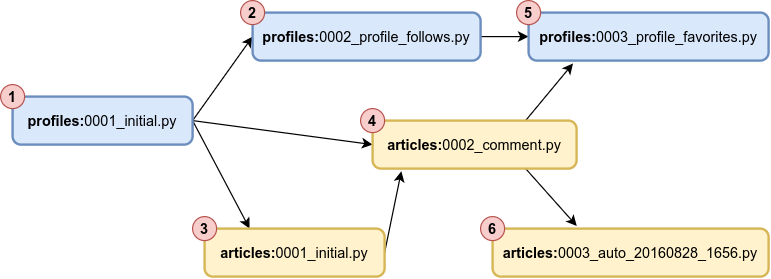

:quality(70)/cloudfront-us-east-1.images.arcpublishing.com/cmg/L4IGXEIABZHX7GJ3YYEM5NE35M.jpg)
